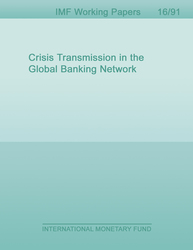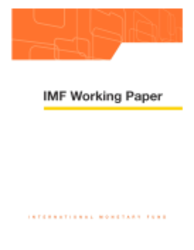
Crisis Transmission in the Global Banking Network
We study the transmission of financial sector shocks across borders through international bank connections. For this purpose, we use data on long-term interbank loans among more than 6,000 banks during 1997-2012 to construct a yearly global network of interbank exposures. We estimate the effect of direct (first-degree) and indirect (second-degree) exposures to countries experiencing systemic banking crises on bank profitability and loan supply. We find that direct exposures to crisis countries squeeze banks' profit margins, thereby reducing their returns. Indirect exposures to crisis countries enhance this effect, while indirect exposures to non-crisis countries mitigate it. Furthermore, crisis exposures have real effects in that they reduce banks' supply of domestic and cross-border loans. Our results, based on a large global sample, support the notion that interconnected financial systems facilitate shock transmission.
Publication date: April 2016
ISBN: 9781475551341
$18.00
Add to Cart by clicking price of the language and format you'd like to purchase
Available Languages and Formats
| English |
Prices in red indicate formats that are not yet available but are forthcoming.
Topics covered in this book
This title contains information about the following subjects.
Click on a subject if you would like to see other titles with the same subjects.
Economics- Macroeconomics , Economics- Macroeconomics , Economics / General , Economics / General , International - Economics , International - Economics , shock transmission , long-term interbank exposures , systemic banking crises , financial networks , syndicated loans
Summary



